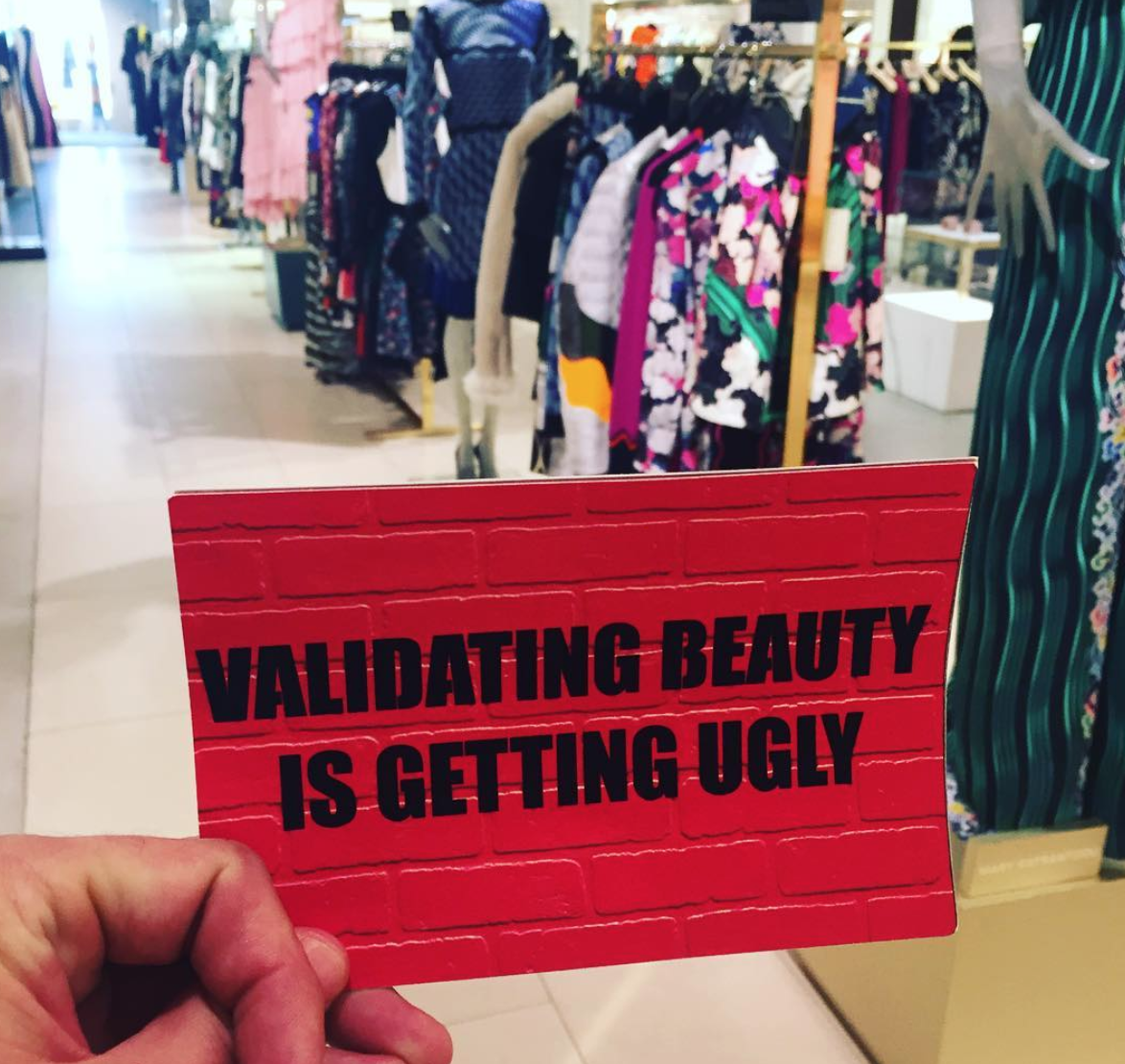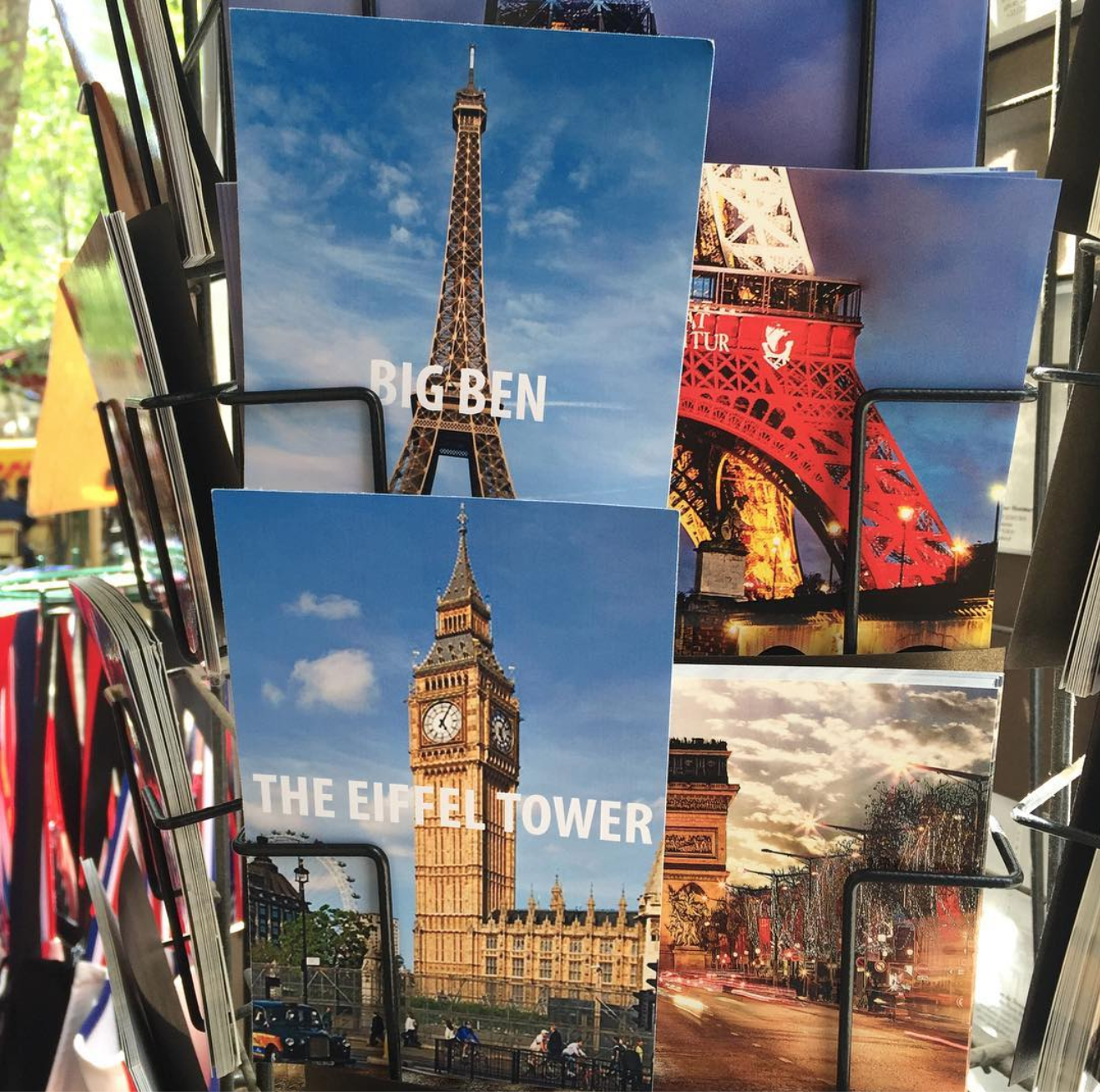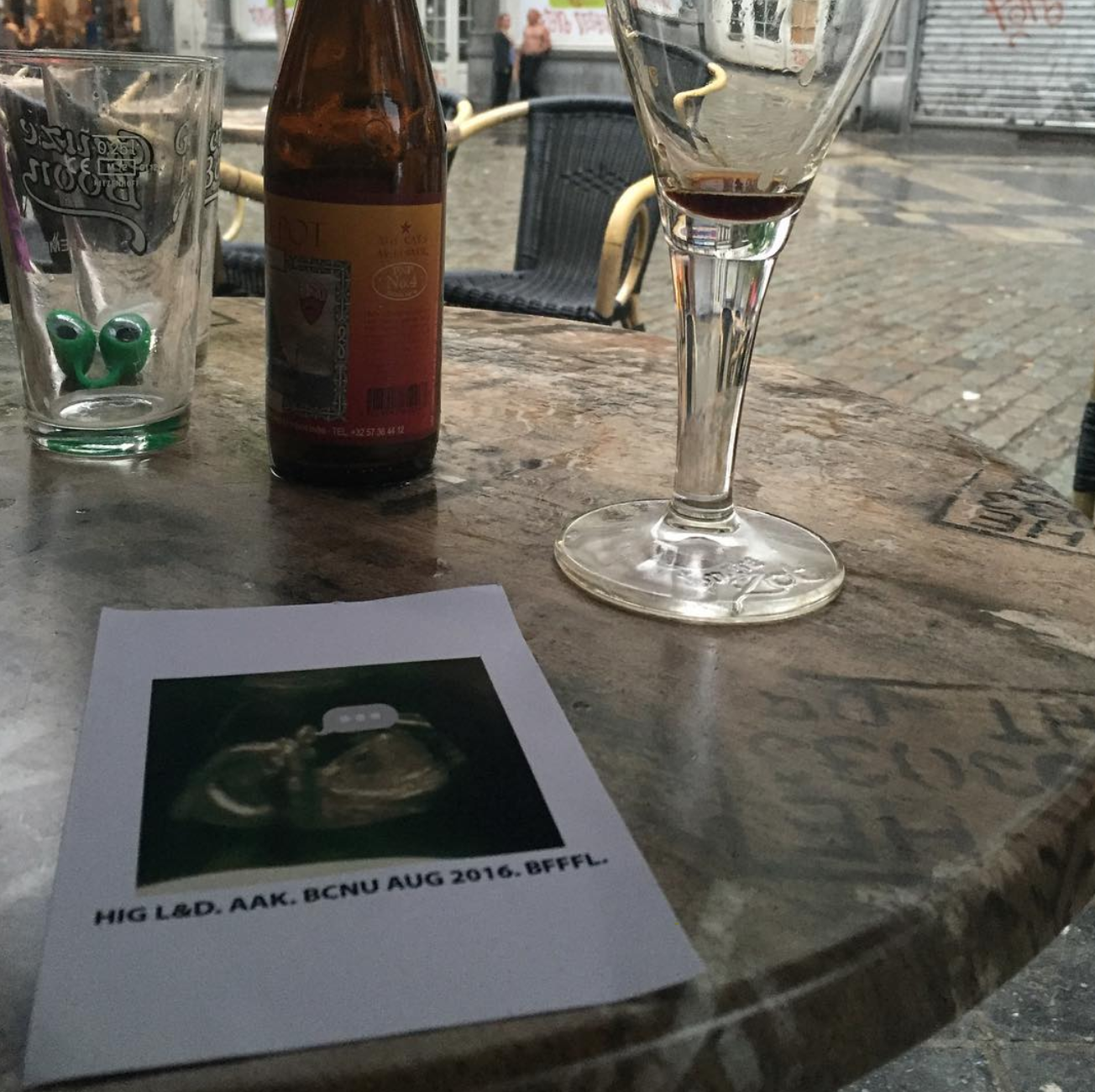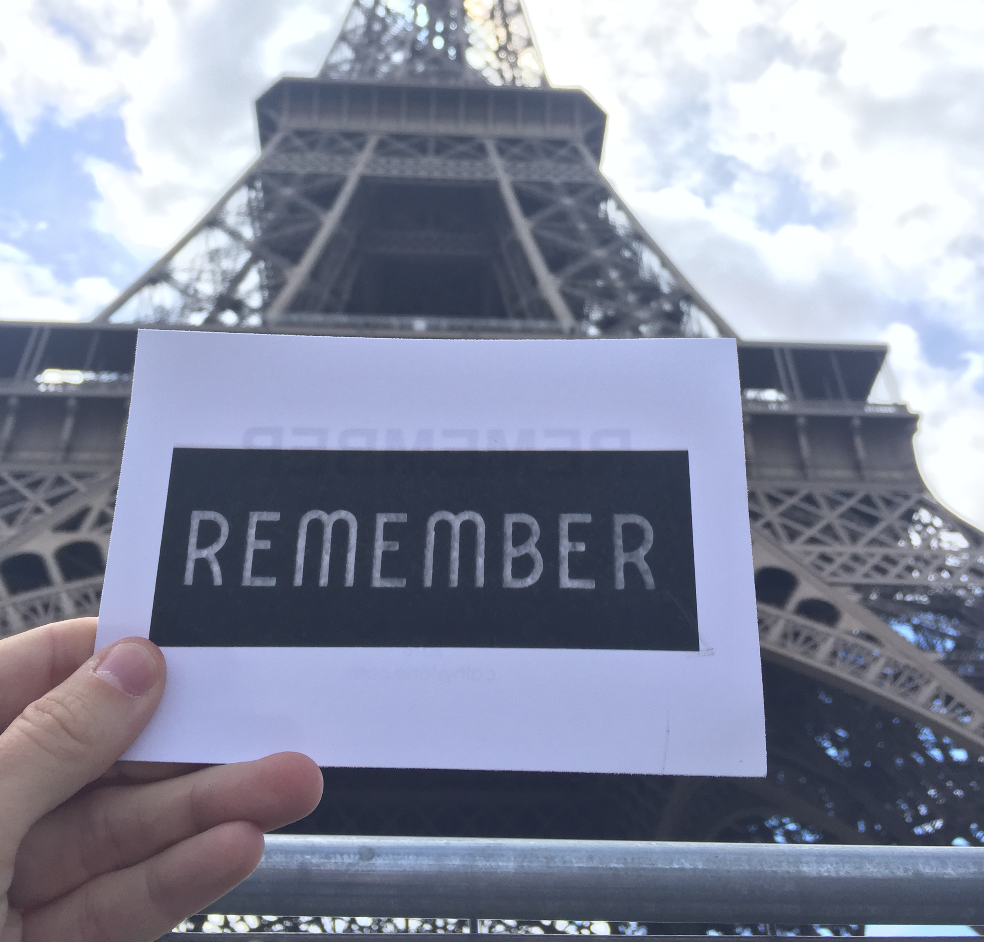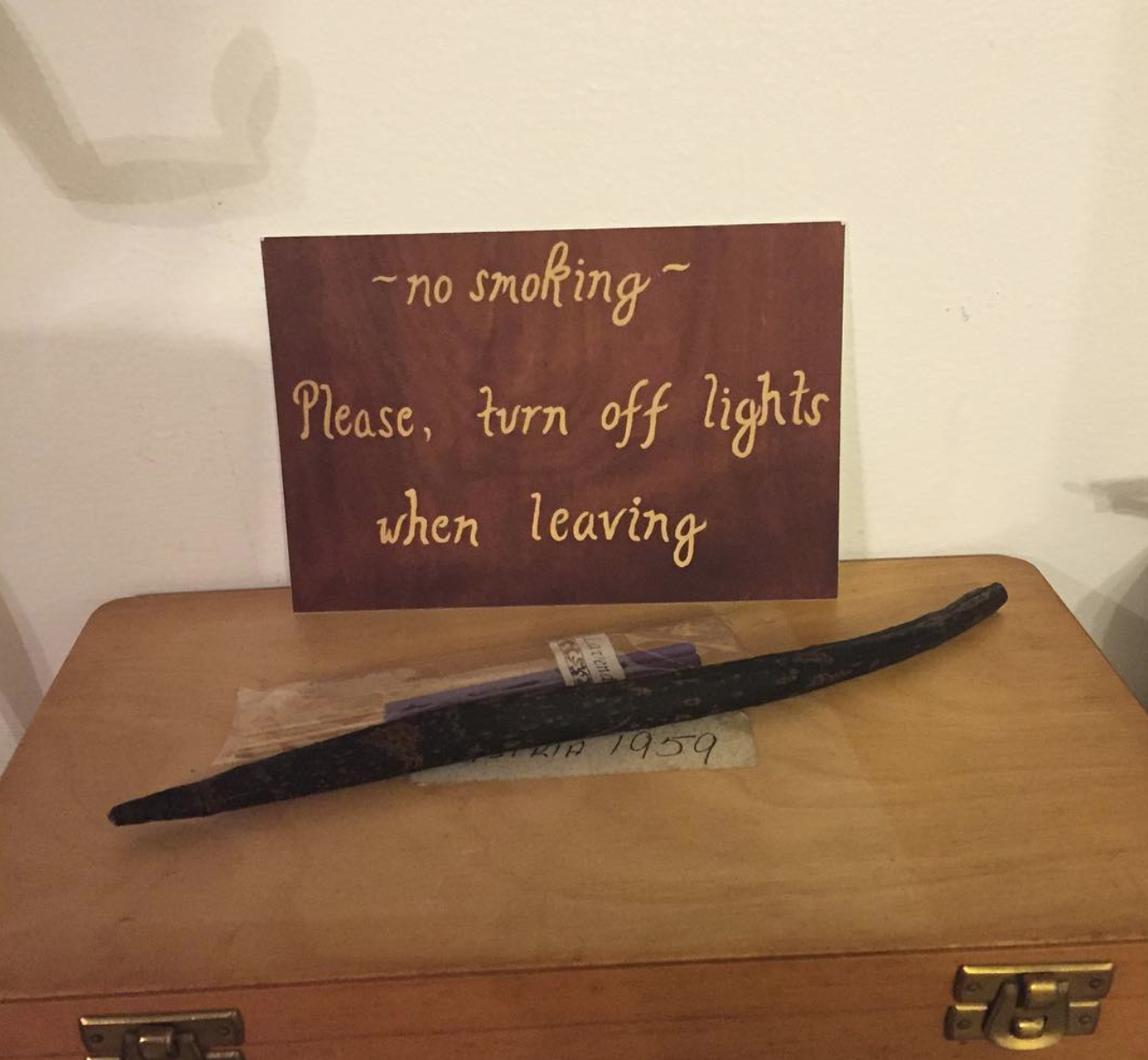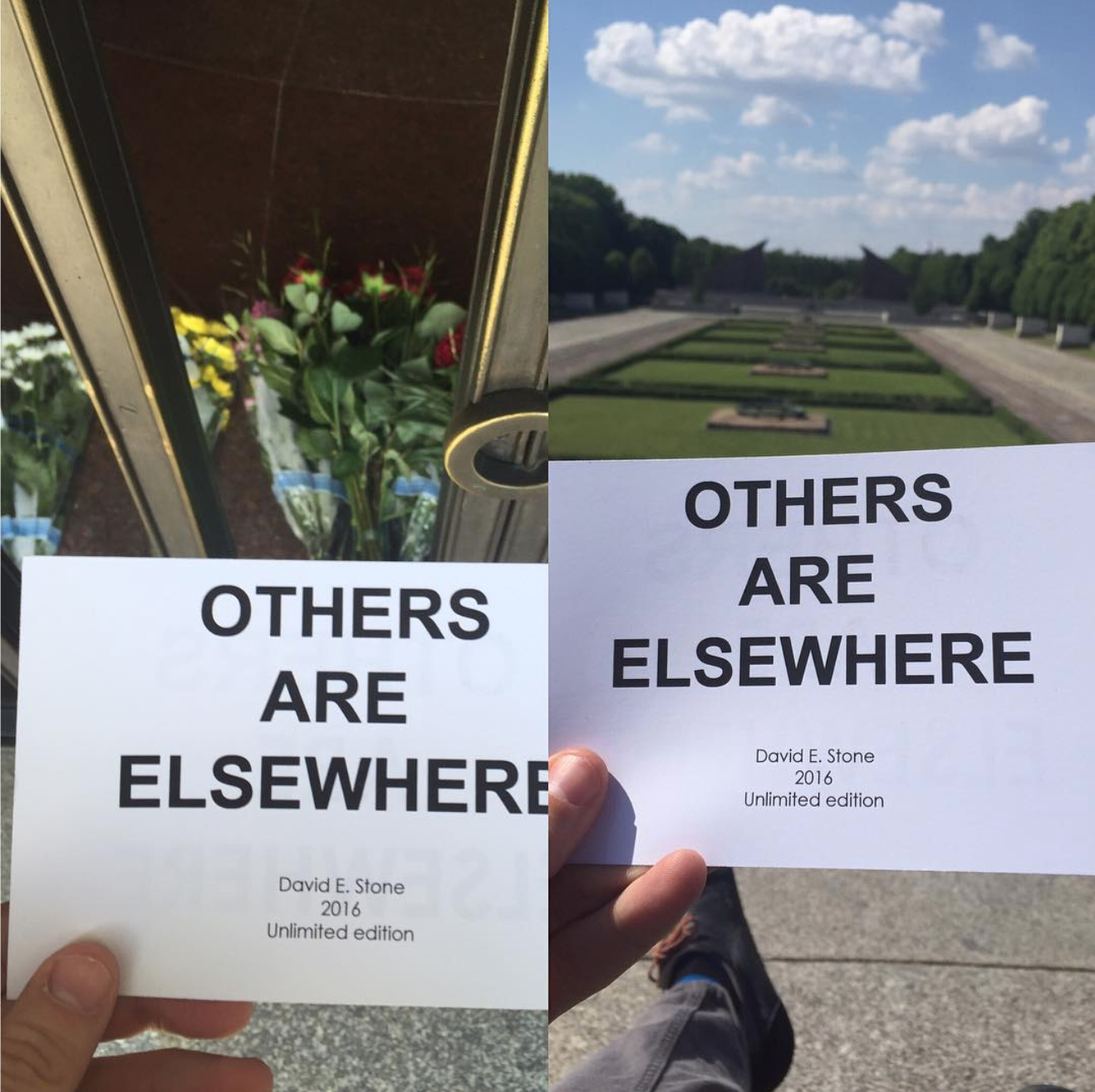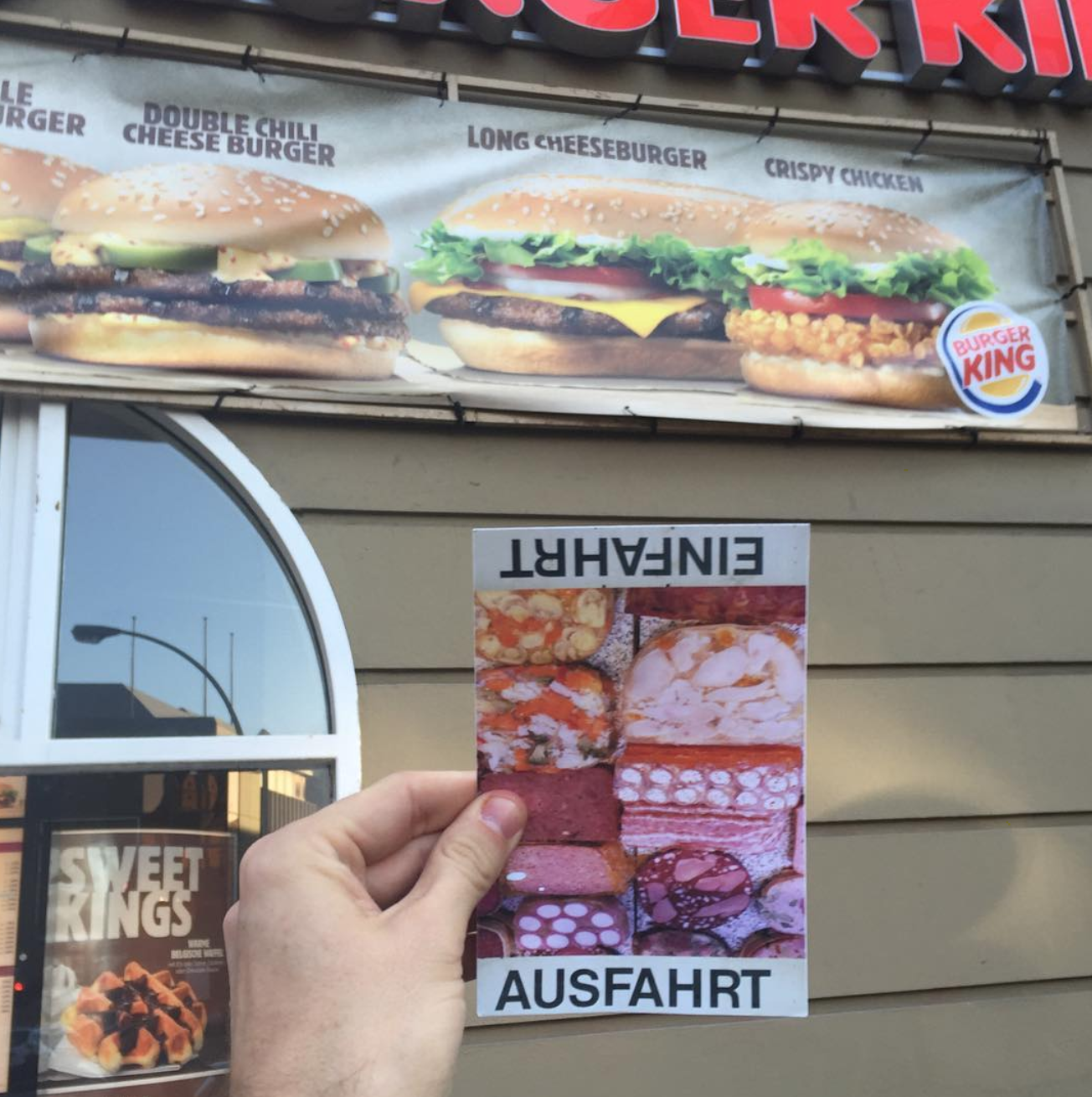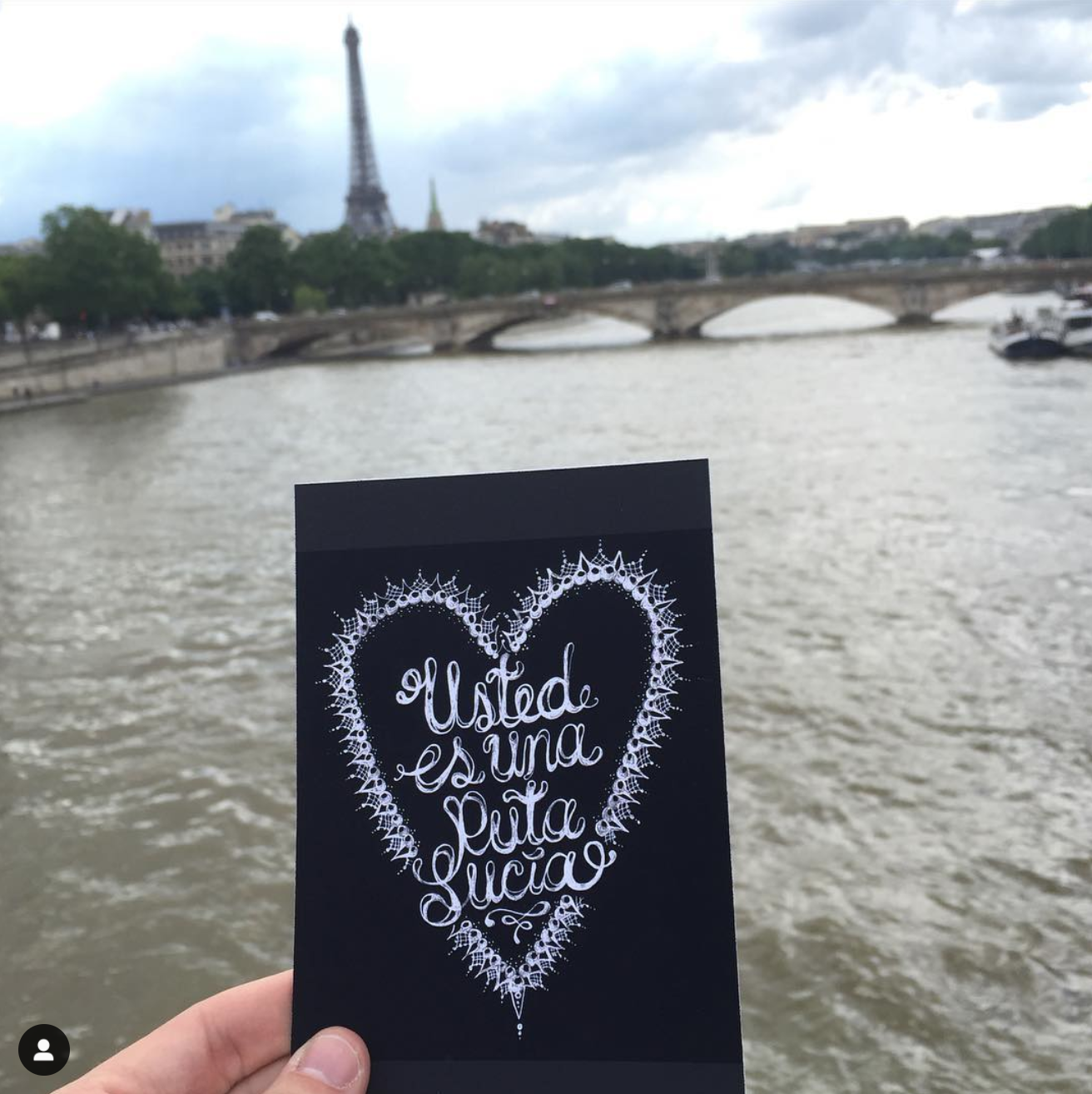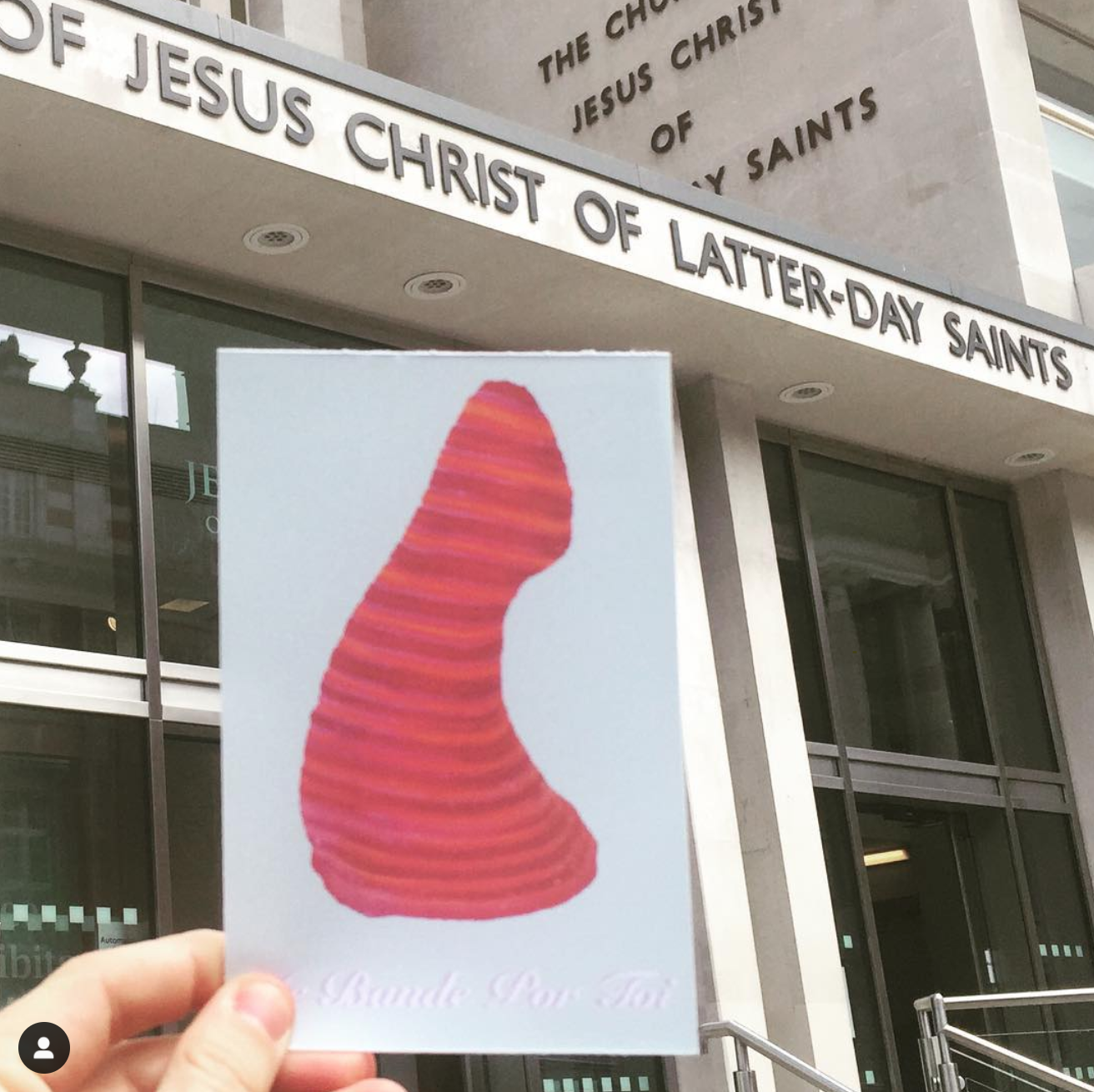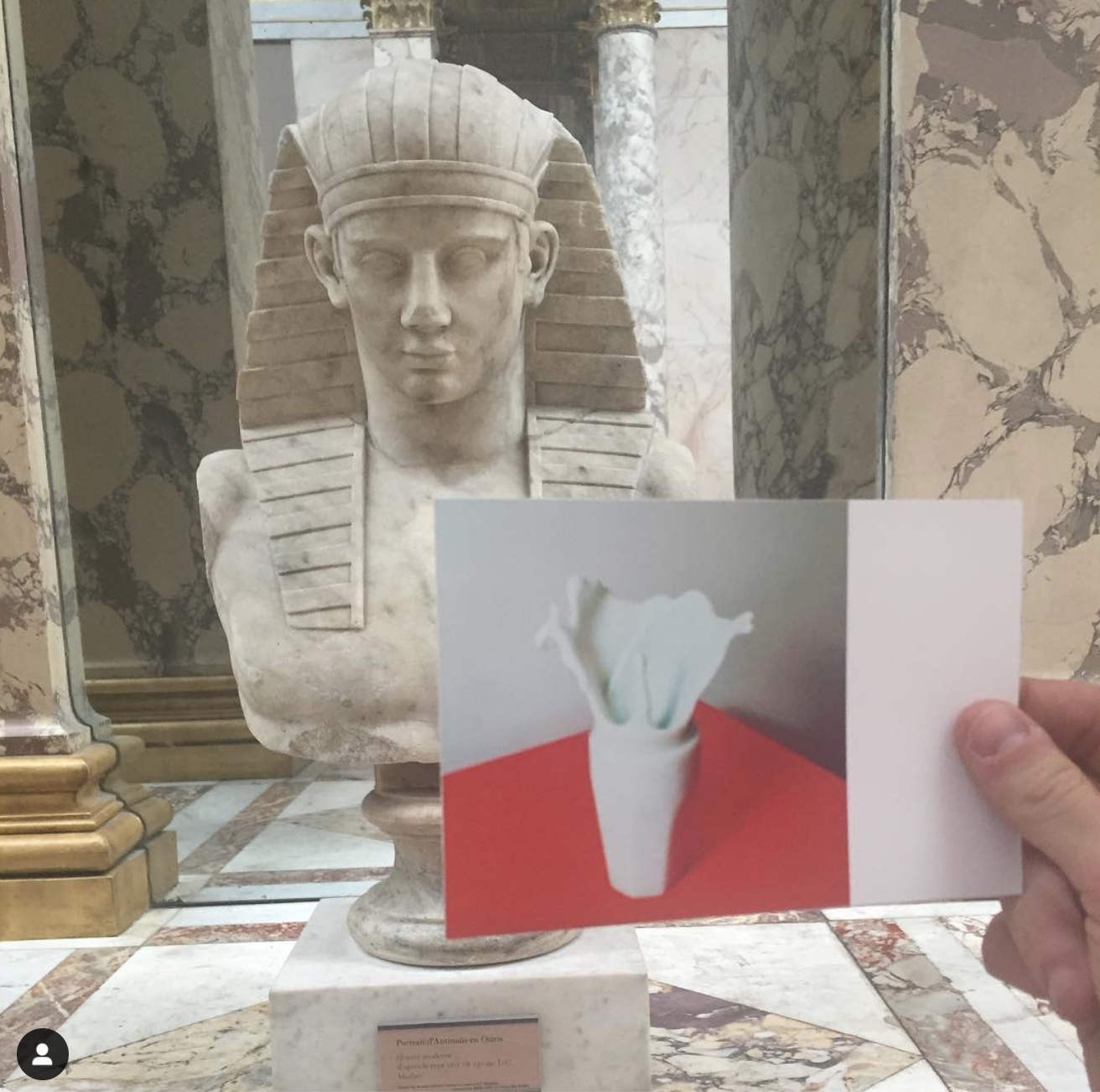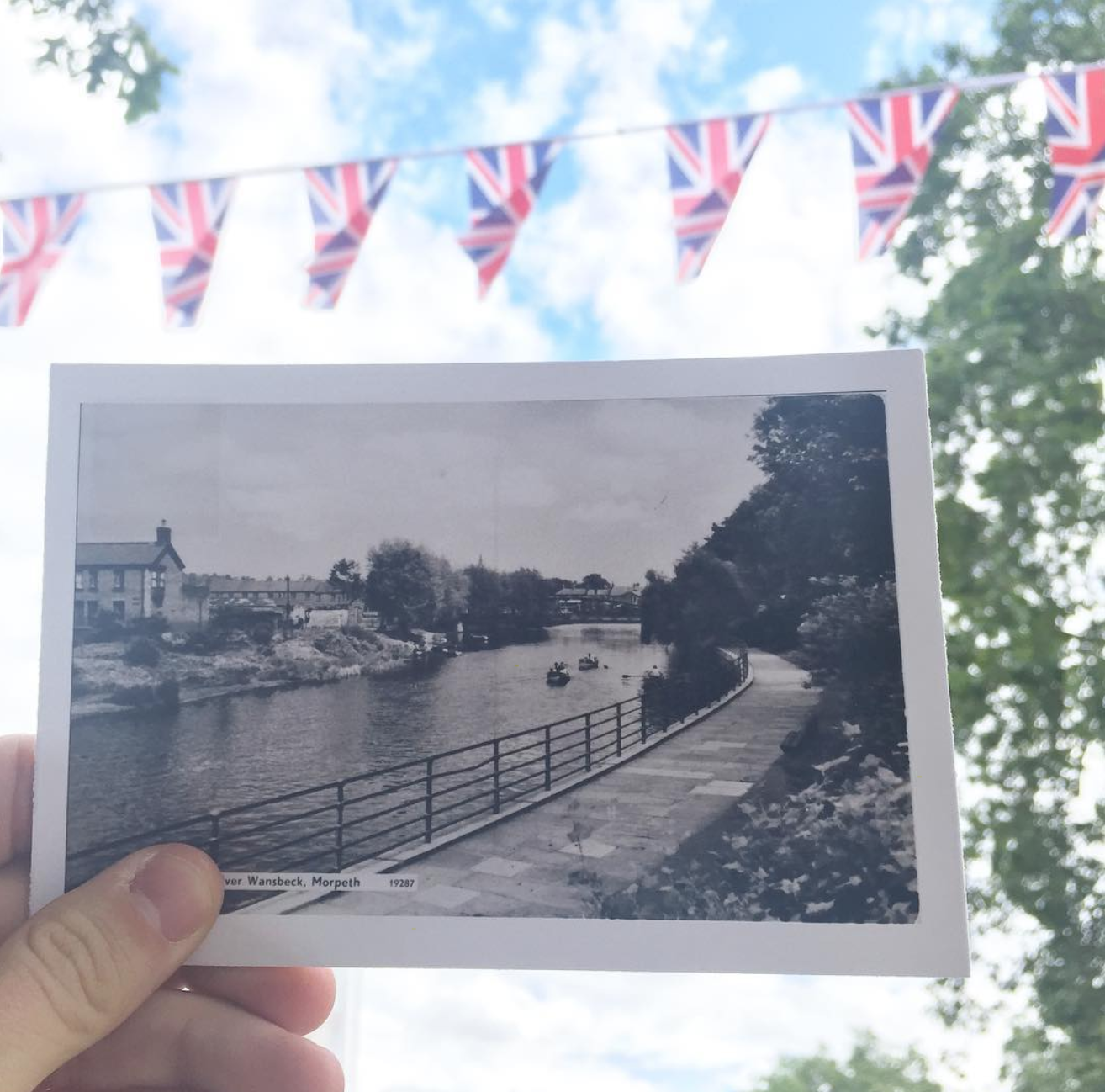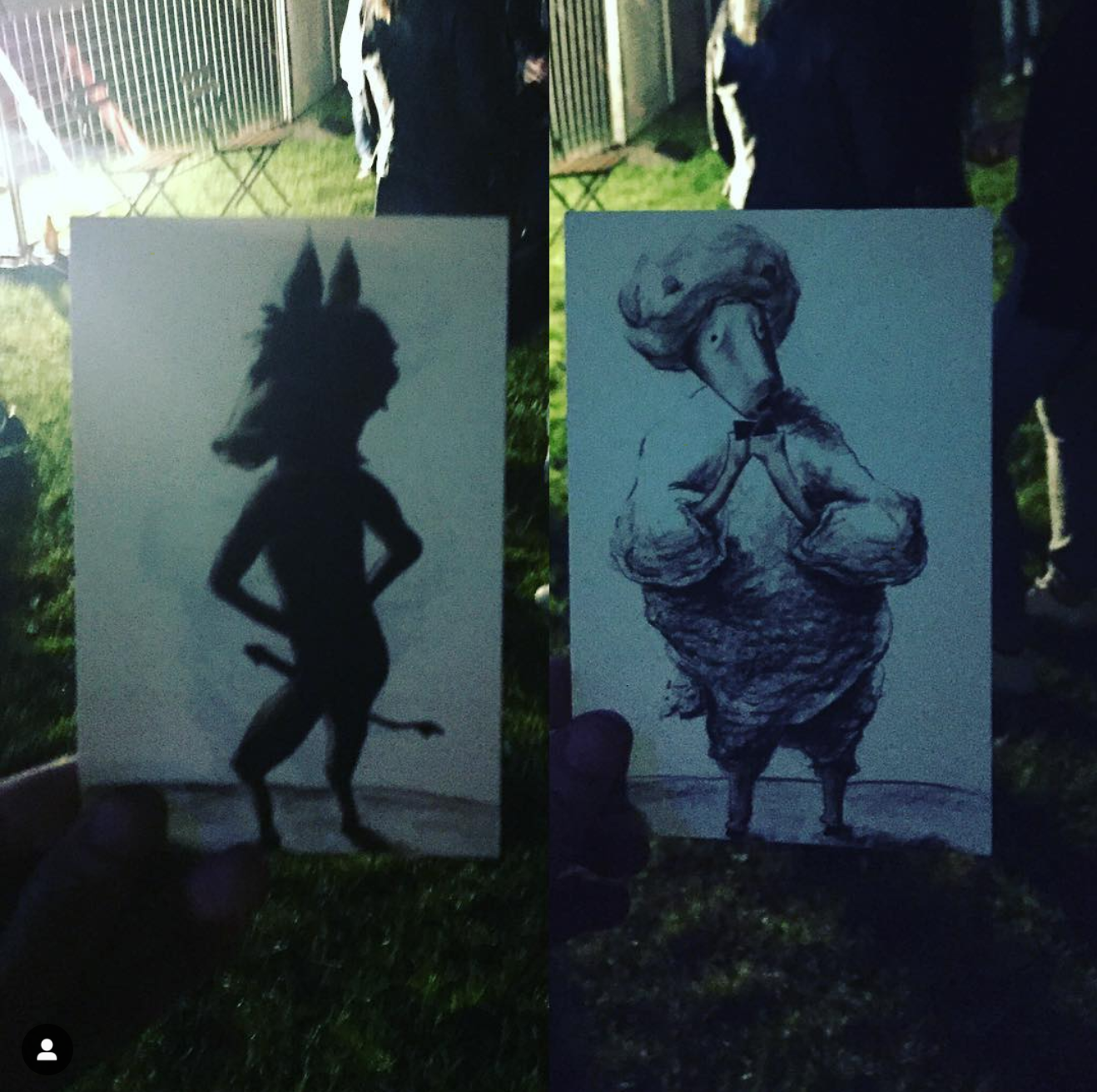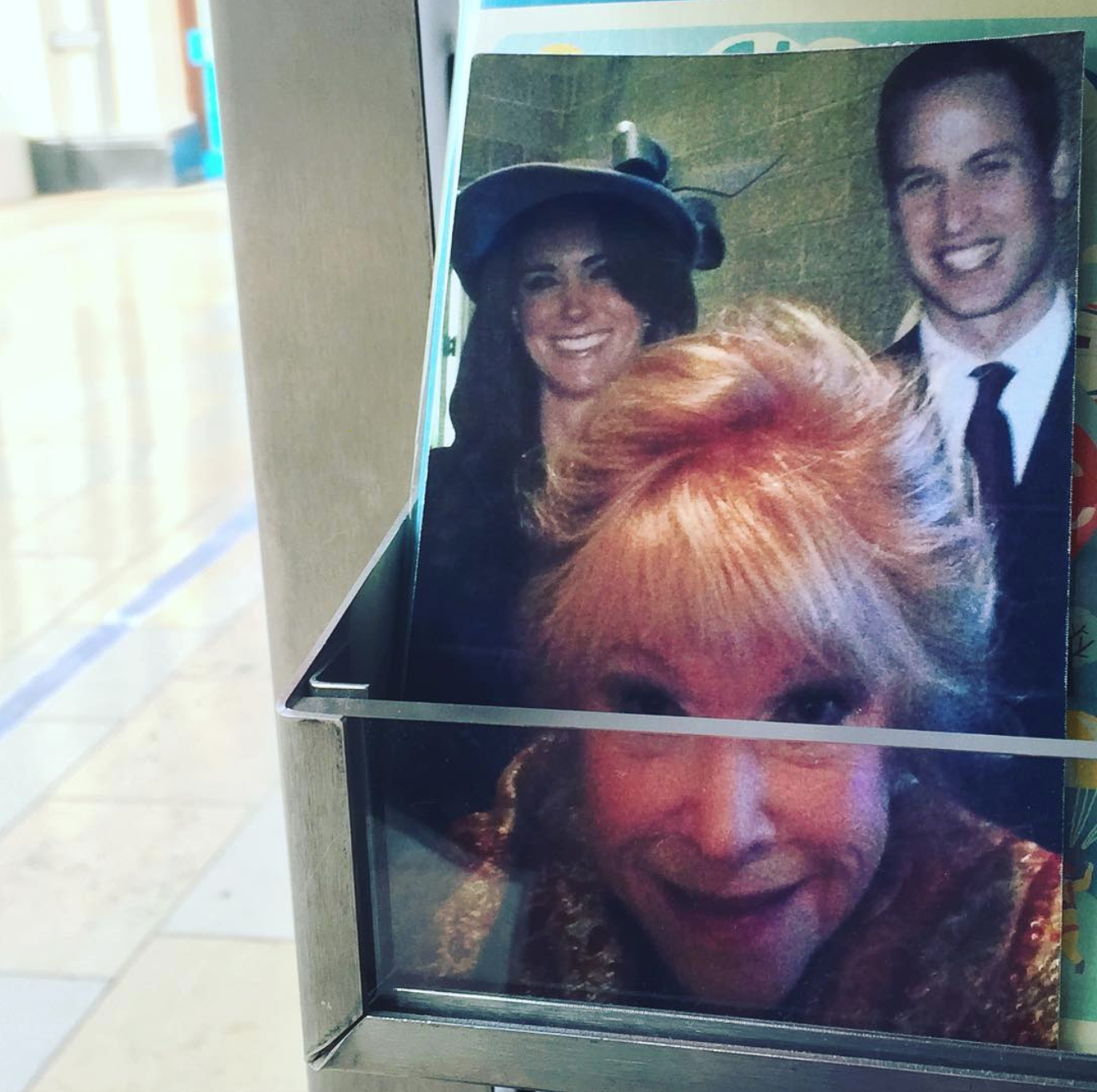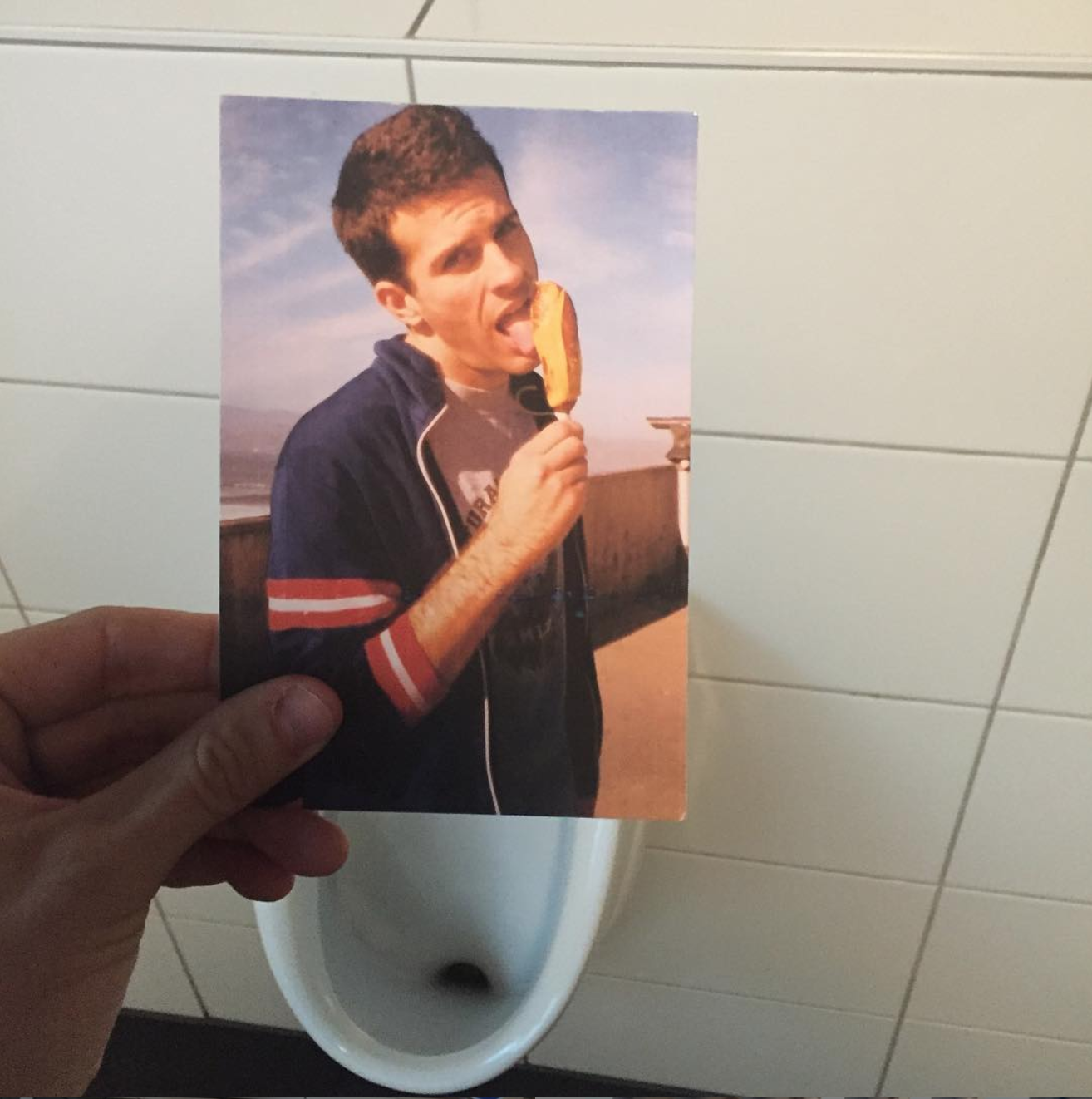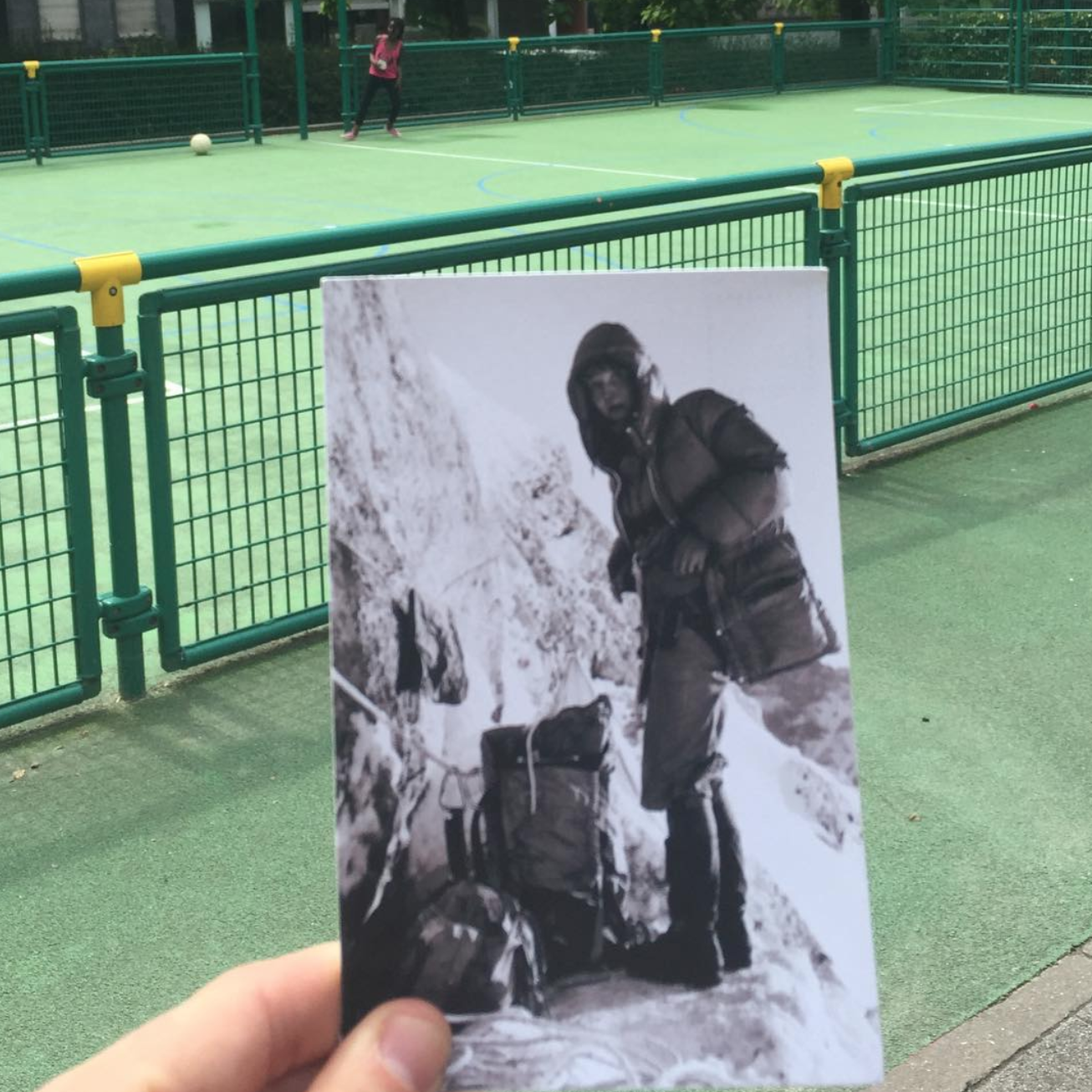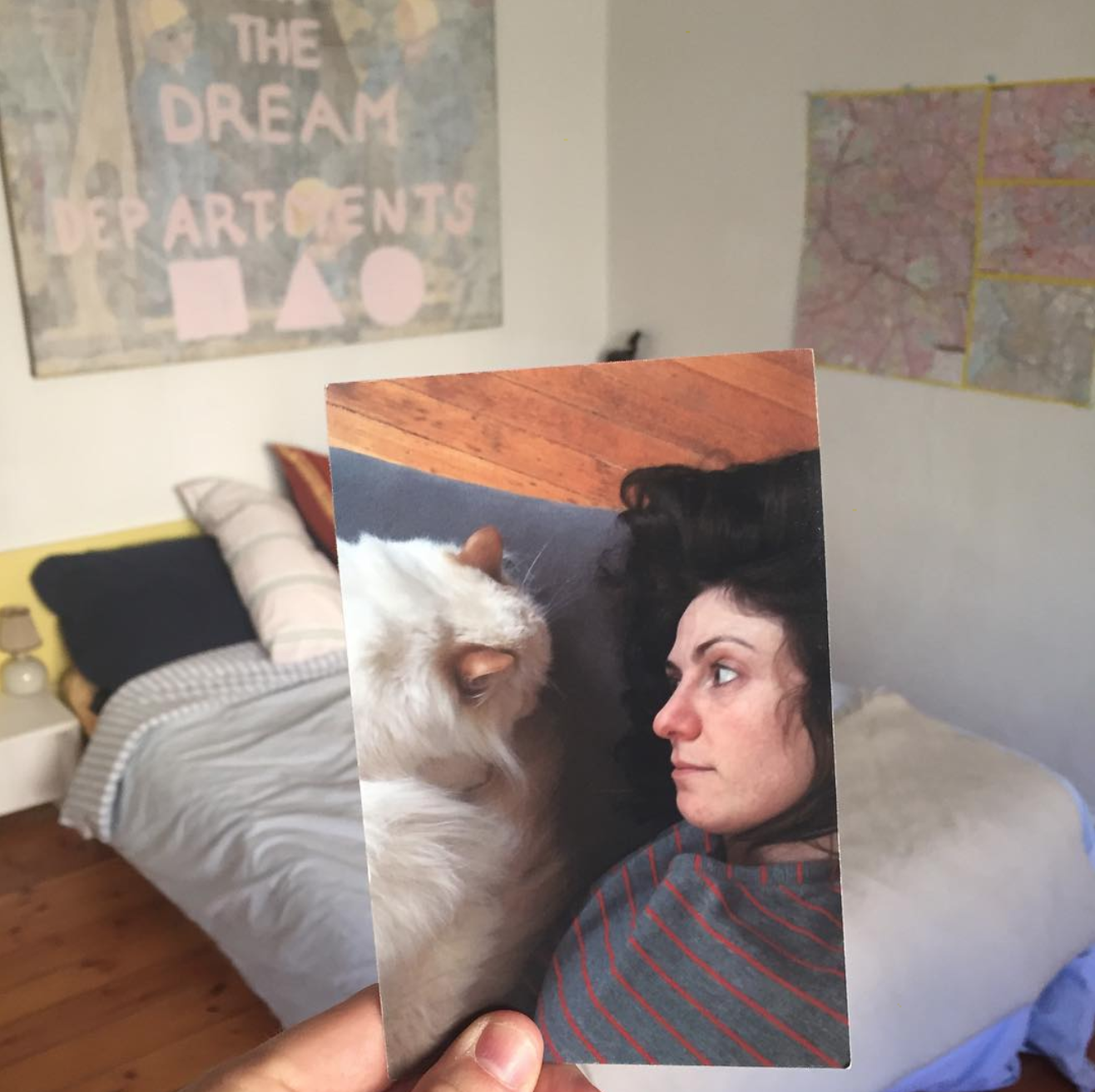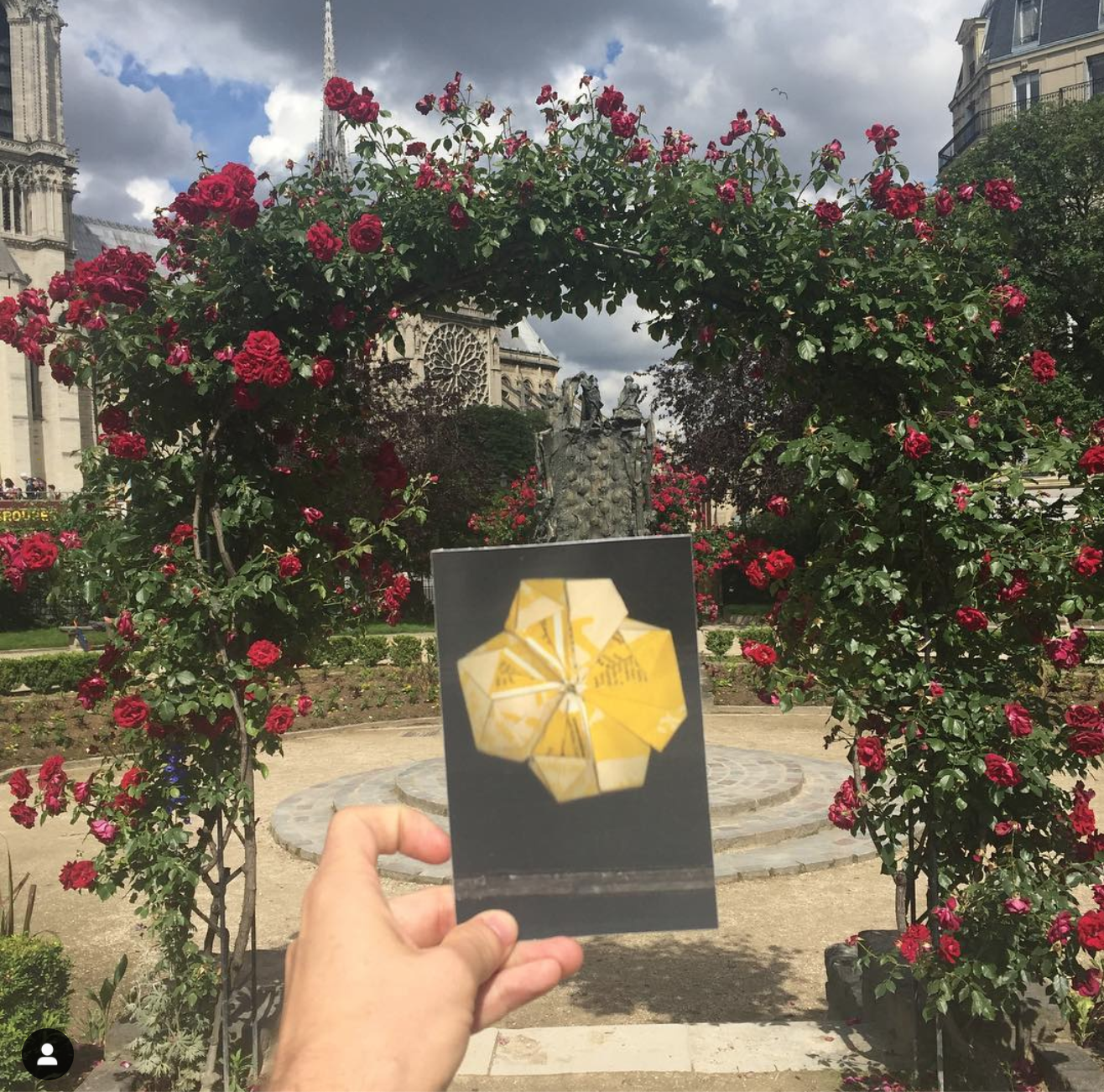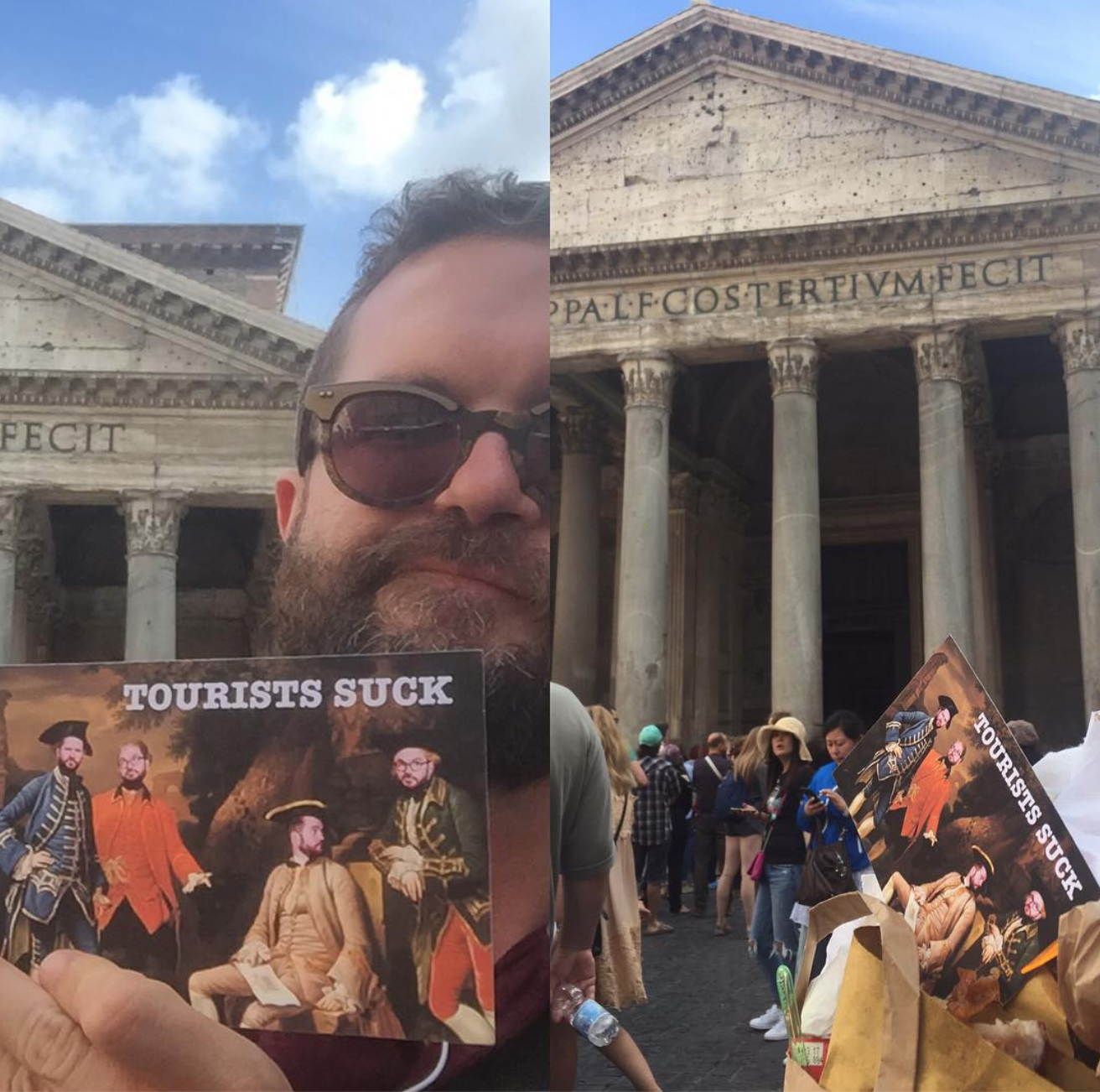Postcards For A Grand Tour
2016
All cards are inkjet print on paper, 6x4 in.
2016
All cards are inkjet print on paper, 6x4 in.
Collaborative and interactive public art project.
Read The Project Statement
Read The Project Statement
About Postcards For A Grand Tour
This project investigated the role of the postcard as an object bearing the memories of a place transmitted from one location to another. To complete this project I travelled to Rome, Berlin, Amsterdam, Brussels, Paris, and finally to London, on a route tracing many of the cities from the Grand Tour. Before leaving on this journey, I asked people to send me content for postcards and to tell me where to leave them in each city. I also took a portable printer and blank postcards with me so I could print on-the-fly, with contributors reacting to my experiences. The entire project was an engrossing experiment inverting the typical way a tourist gathers postcards to send to distant contacts. Instead, my trip was deeply impacted by things other people wanted me to experience, and mementos left behind instead of collected and brought home. I found myself tasked with seeking out strange places, from playgrounds to sex shops, sites of terrorism to military convoys, cabarets to places where people fart. Going on such an adventure with these sites taking priority certainly changes the way one thinks about travel.
The overall experience made me reconsider how questions of familiarity elide with the business of tourism, how some things remain constant in every city (like the search for a public restroom), and how this mundanity brushes up against tourist destinations that derive their popularity from a mixture of spectacle, history, and public and private “recommendations.” Most of my social media postings from my trip from Rome to London consisted of other people’s cards held up in front of disparate locations, from The Eiffel tower to a public urinal. Looking back on these postings and the documentation of this project, I am struck by how my publicly posted photos differ from most contemporary travel photos in that the site pictured is often mostly obscured by a postcard, often seemingly unrelated to the site, made from an image determined by someone from a far away place, interrupting both my view and the expectation of the perfect “photo opportunity.”
This project taught me many valuable lessons. After traveling for a little over three weeks, and placing roughly 100 cards sourced from over fifty contributors in surprising locations, under sometimes strange conditions, I feel I have come to re-imagine a contemporary notion of The Grand Tour and have learned a great deal about what kinds of images and experiences one expects from a place and what happens when these expectations are challenged or diverted. This recalibration was liberating, frustrating, and educational.
Also, I gathered many cards from people who don’t consider themselves to be “artists,” and many of the most surprising and successful postcards came from these contributors. This reaffirmed my belief that when given the opportunity to participate, non-artists often come up with the best ideas, perhaps because they have so little to lose. Additionally, this project made me think about how the postcard operates as a lowstakes, easy, perhaps even “dumb” medium. Anything can go on a postcard; it's where the thing goes and then where it goes after that matters.
Background
This project grew from Postcards For America, completed last summer during a cross country road trip across the U.S.A. from Los Angeles to Washington, D.C. and back again.
Throughout my month-long trip through national parks, ghost towns, metropolises, and tiny villages, I found myself understanding America through other people’s images and narratives every time I left a postcard at a bar, monument, museum, car windshield, rest stop, or stranger's home. When I returned to L.A., I saw these Postcards For America as a reflection of how a dispersed selection of individuals imagines America, travel, and the sites and experiences worth the journey. I also began to think about how this project might work in other scenarios.
If the cross-country road trip is the ultimate icon of American travel, its European equivalent might be The Grand Tour, an 18th-century rite-of-passage for mostly young, wealthy, primarily English men who would travel for months, sometimes years, on prescribed itineraries from London to Rome and far-flung places in-between. During these trips, they were expected to absorb and record their presence at significant sites in ways that would allow them to participate in the solidifying aristocratic class with a kind of cultural authenticity that only comes from actually “being there.” They also used the tour as an opportunity to “sow their wild oats” and affirm notions of cultural supremacy in libidinal, exotic, foreign places. Today, rites-of-passage - from “gap year” adventures, to after-graduation backpacking trips, to the importance of “study abroad” experiences - all share a legacy stemming from the ideas and ideals tied up in The Grand Tour.
This Grand Tour history has also cemented many hallmarks of tourism that stick with us today. The souvenir has moved from the stolen (or fake) ancient ruin to the pocketable local craft and miniaturized monument. The on-site portrait was once an expensive, lifesize, commissioned painting, and now it's the selfie and the Leaning Tower of Pisa prop shot. The Guidebook as we know it was born from Grand Tour itineraries and its legacy lingers in multiple iPhone apps. And the idealized scene rendered for posterity has moved from large Piranesi prints to glossy postcards of cats lounging on Roman ruins.
©2024 Tucker Neel. All rights reserved.
